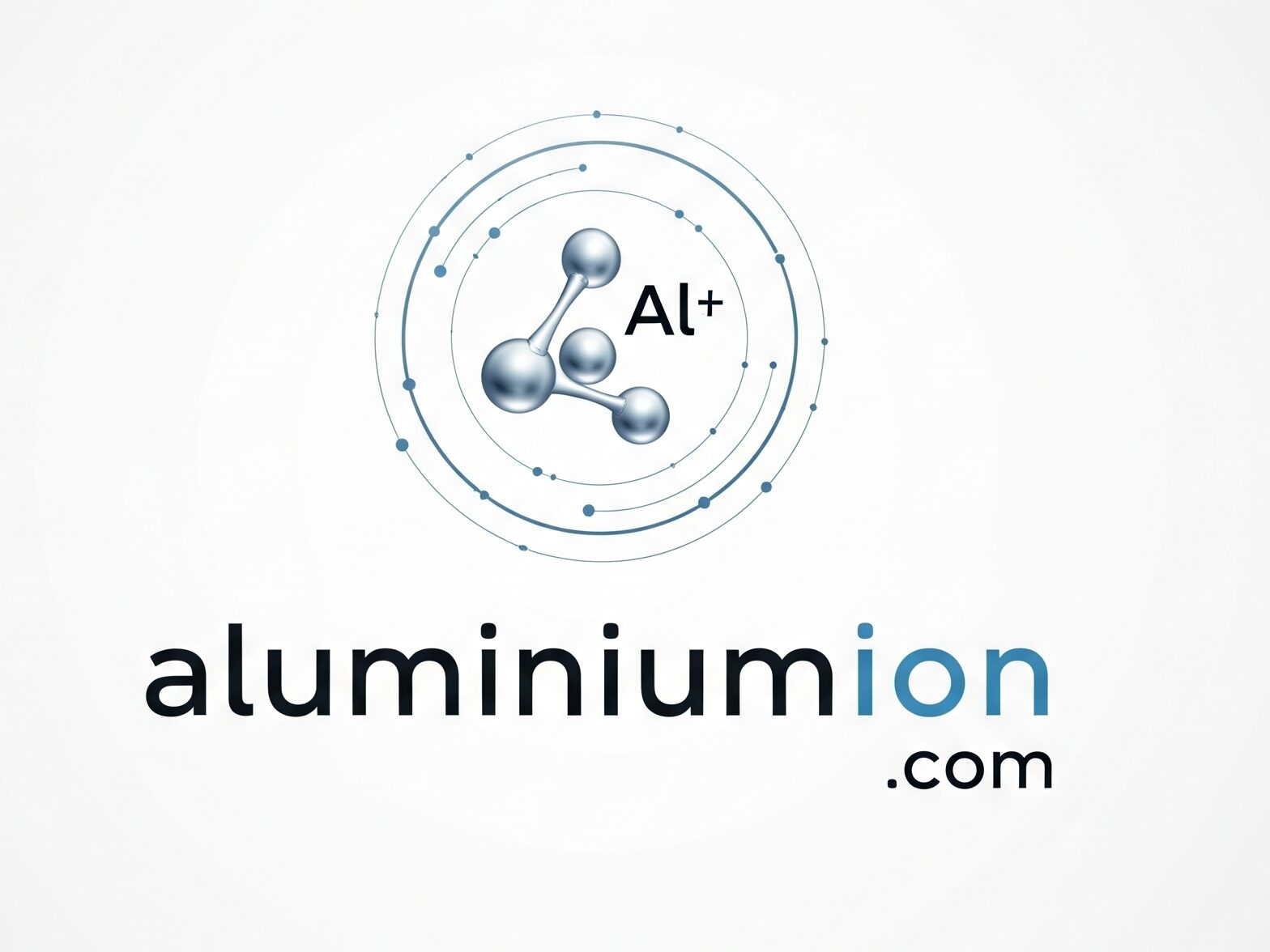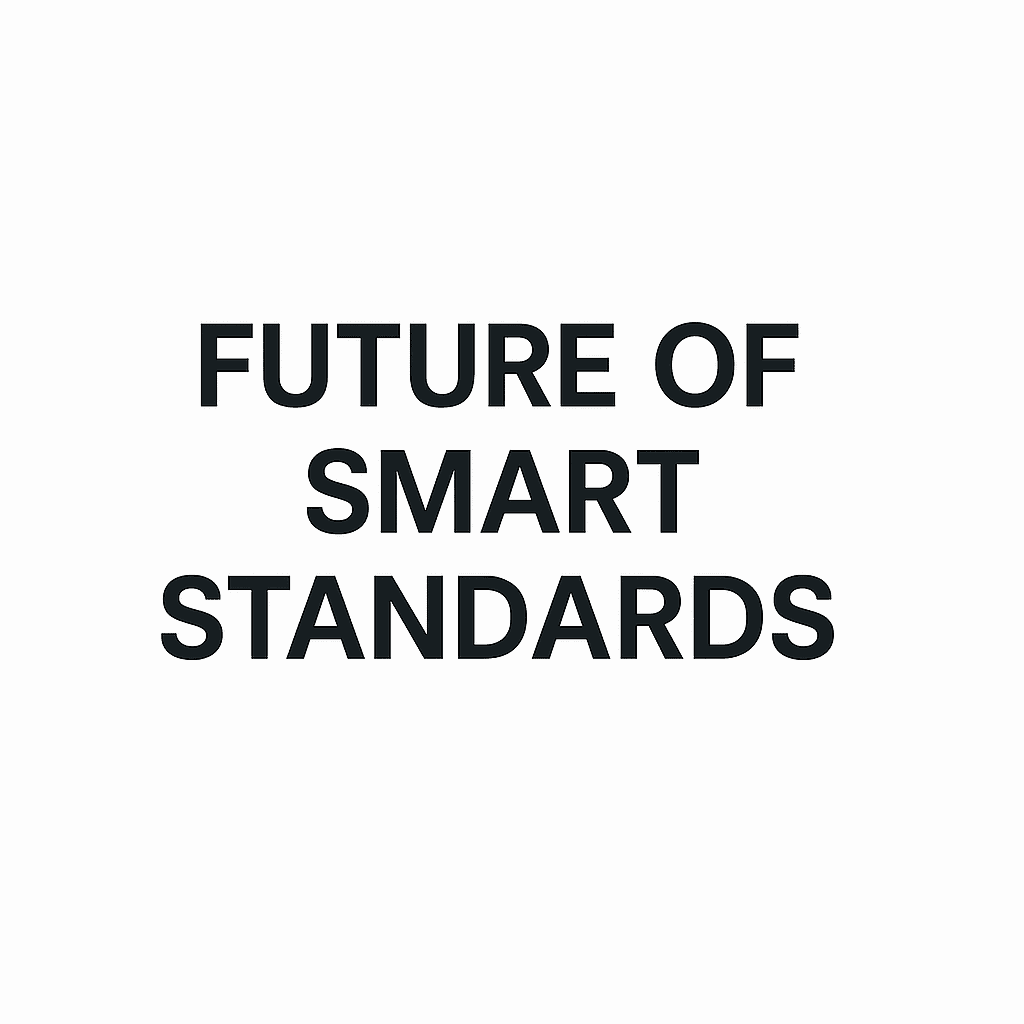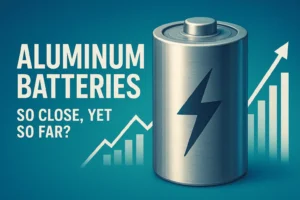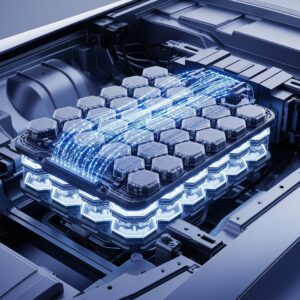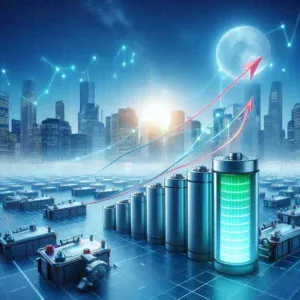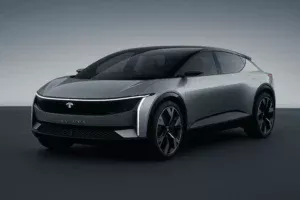Why Standards Matter in Technology, Manufacturing, and Beyond
In your pocket to the electric vehicle you drive, industry standards ensure safety, reliability, and interoperability. But what exactly are standards, who creates them, and why do they matter?
At Aluminiumion.com, we break down complex regulations into actionable insights. This guide explores international standards, compliance challenges, and their impact on innovation.
🔍 What Are Industry Standards?
Definition:
Standards are technical guidelines that define:
✅ Safety requirements (e.g., ISO 9001 for quality management)
✅ Performance benchmarks (e.g., IEEE for electronics)
✅ Interoperability rules (e.g., USB-C charging standard)
Types of Standards:
| Type | Example | Purpose |
|---|---|---|
| Safety Standards | UL 9540 (Battery safety) | Prevent fires, injuries |
| Quality Standards | ISO 9001 | Ensure consistent manufacturing |
| Environmental Standards | RoHS (Restriction of Hazardous Substances) | Reduce toxic materials |
| Technical Standards | 5G NR (3GPP) | Global wireless compatibility |
🌍 Who Sets These Standards?
Key Standardization Bodies:
| Organization | Focus Area | Notable Standards |
|---|---|---|
| ISO (International Organization for Standardization) | Global quality & safety | ISO 9001, ISO 14001 |
| IEC (International Electrotechnical Commission) | Electronics & energy | IEC 62133 (Battery safety) |
| IEEE (Institute of Electrical and Electronics Engineers) | Tech & communications | Wi-Fi (802.11), Ethernet |
| ASTM (American Society for Testing and Materials) | Materials & manufacturing | ASTM A36 (Steel grade) |
💡 Did You Know? Some standards become legal requirements (e.g., EU’s CE marking).
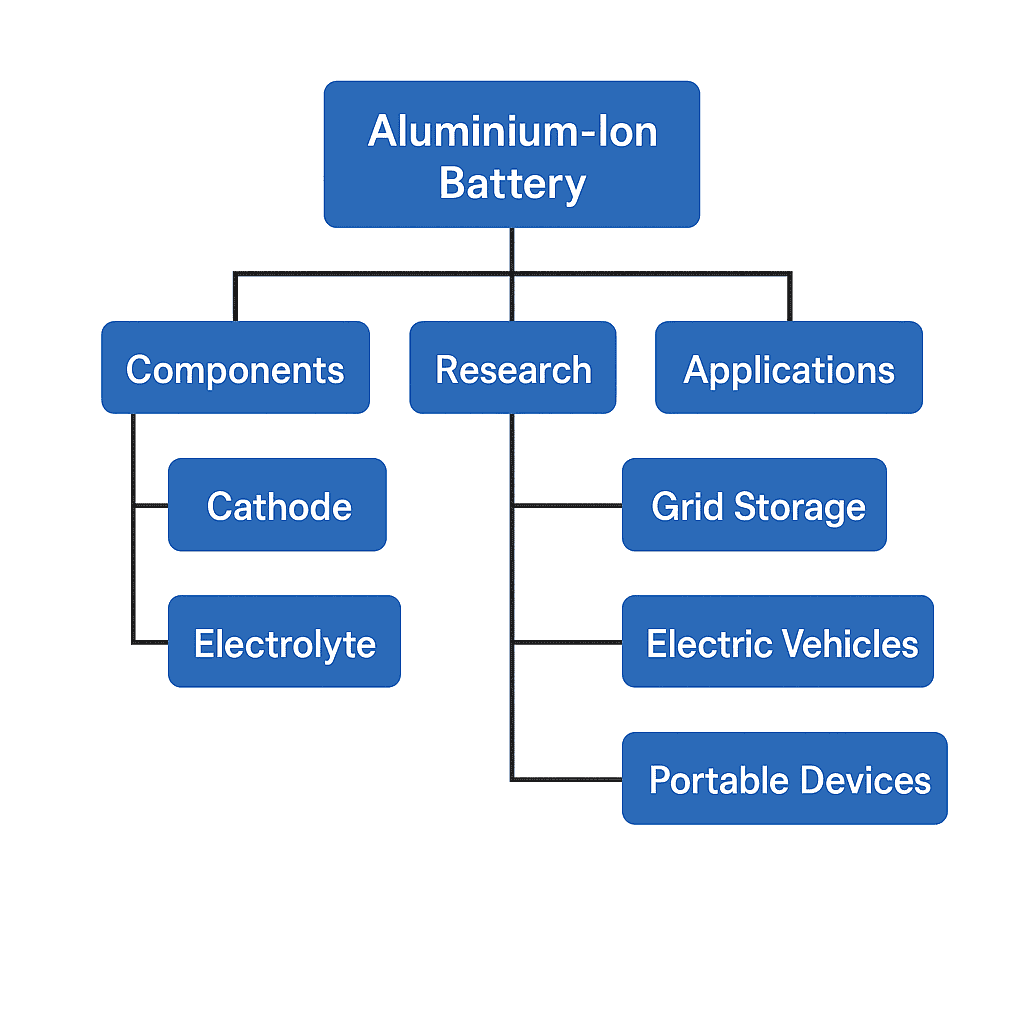
⚙️ How Standards Drive Innovation
1. Ensuring Safety & Reliability
- Example: UL 1973 for EV battery systems prevents thermal runaway.
- Impact: Without standards, lithium-ion batteries could be fire hazards.
2. Facilitating Global Trade
- Example: USB-C standardization (EU mandate) reduces e-waste.
- Impact: One charger works across phones, laptops, and tablets.
3. Accelerating R&D
- Example: IEEE 802.11ax (Wi-Fi 6) enables faster wireless networks.
- Impact: Companies innovate within a tested framework.
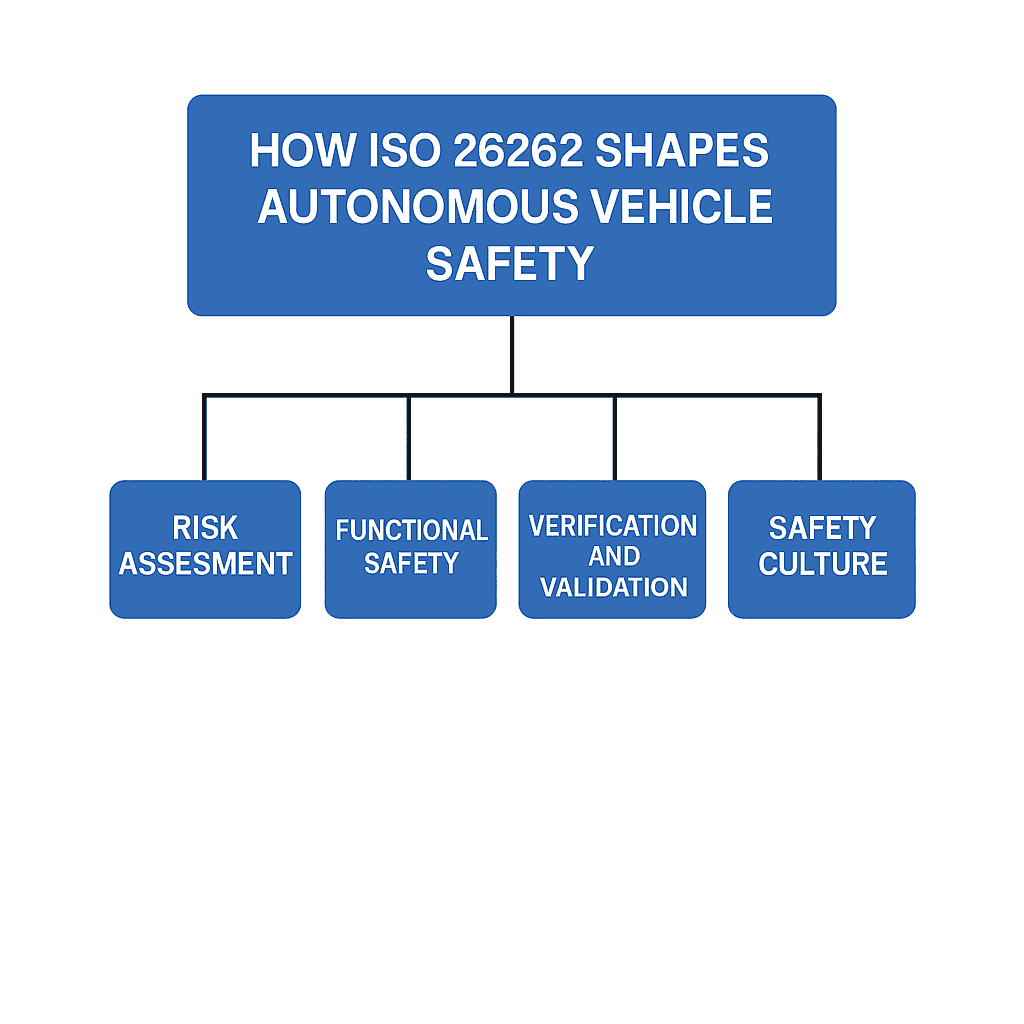
⚠️ Challenges in Standardization
1. Keeping Up with Technology
- Problem: AI, quantum computing, and graphene batteries evolve faster than standards.
- Solution: Dynamic standards (e.g., NIST’s AI guidelines).
2. Regional Conflicts
- Example: China’s GB standards vs. EU’s EN standards create trade barriers.
- Solution: Harmonization efforts (e.g., IECEx for global explosion safety).
3. Compliance Costs
- For SMEs: Certification can cost $10,000+.
- Mitigation: Government grants (e.g., EU’s Horizon funding).
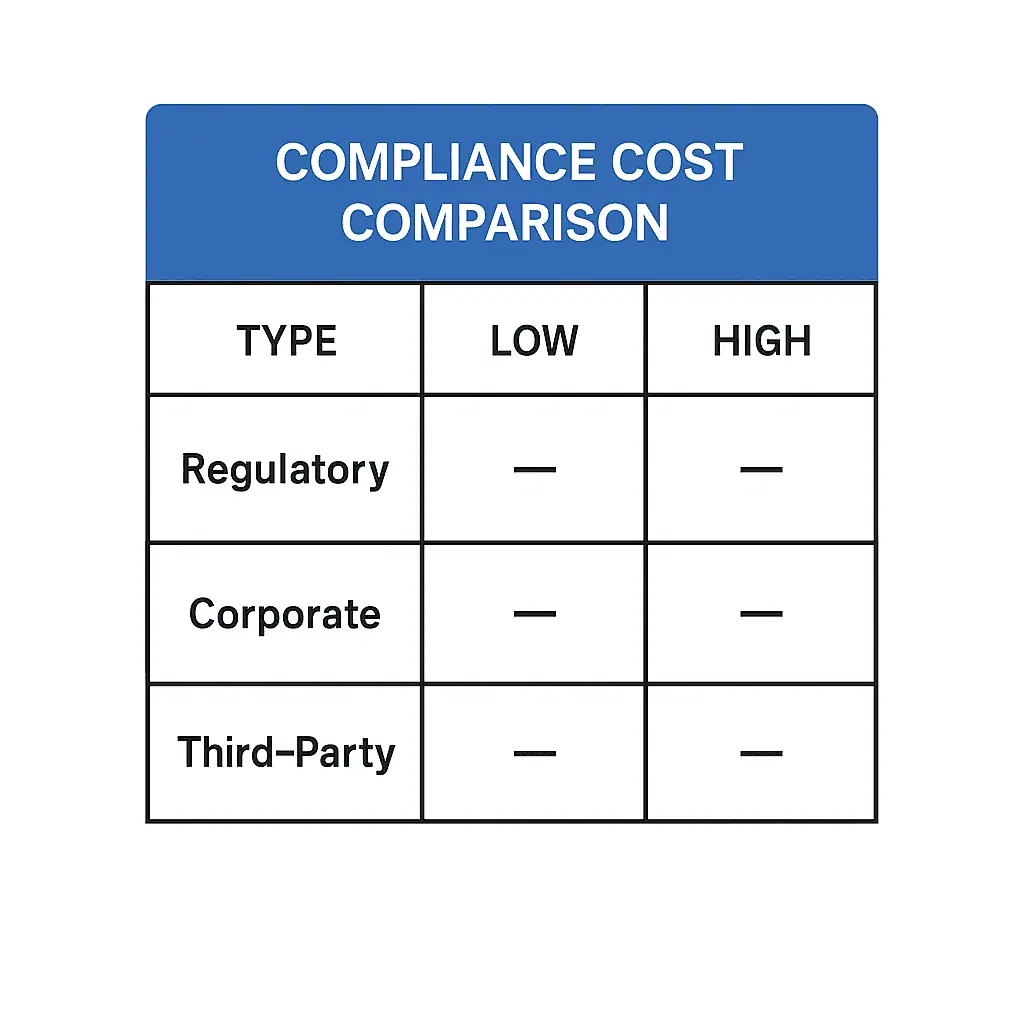
🚀 The Future of Standards
1. AI & Machine Learning Standards
- ISO/IEC 23053 – Framework for AI system development.
- Impact: Prevents biased or unsafe AI models.
2. Sustainability-Driven Standards
- ISO 14068 – Carbon neutrality guidelines.
- Impact: Companies must prove net-zero claims.
3. Space & Quantum Computing
- NASA’s technical standards for lunar infrastructure.
- NIST’s post-quantum cryptography (coming 2024).
📅 Prediction: By 2030, every major tech will have real-time compliance monitoring.
